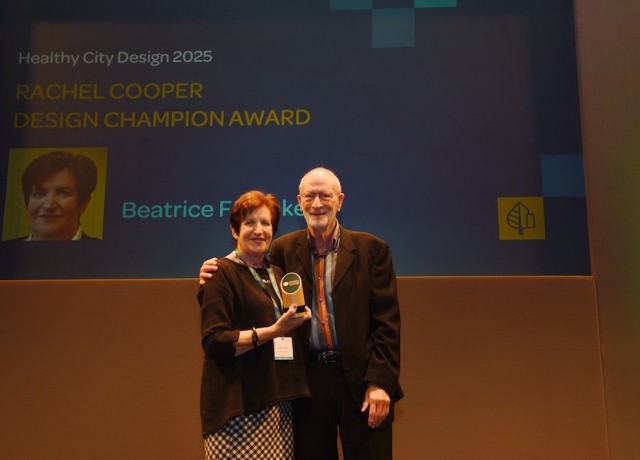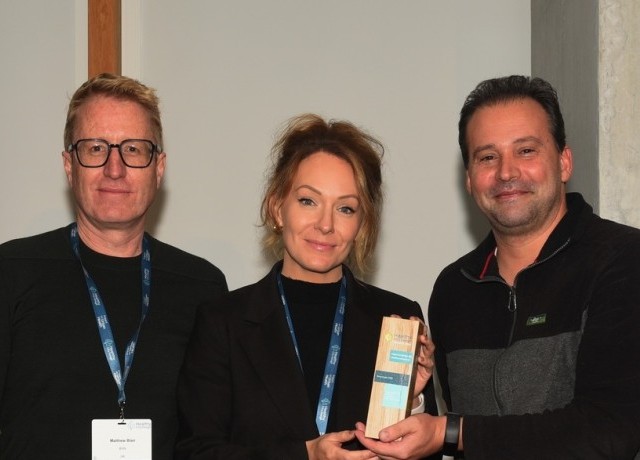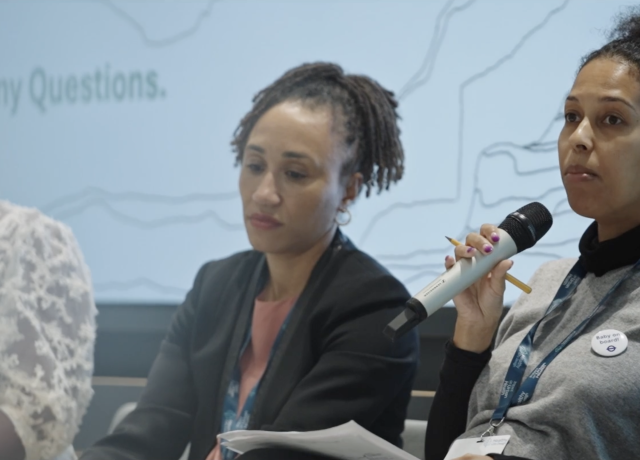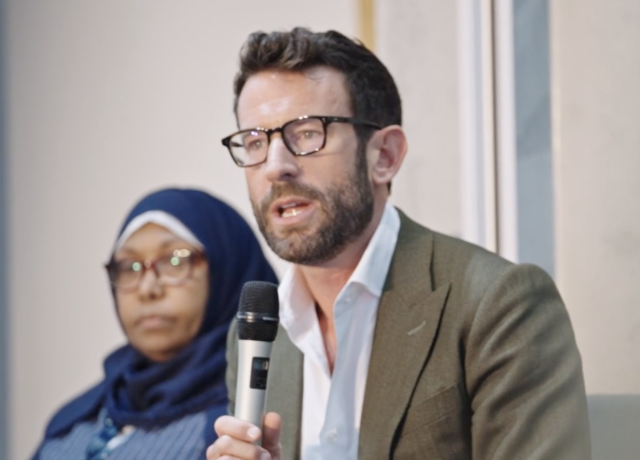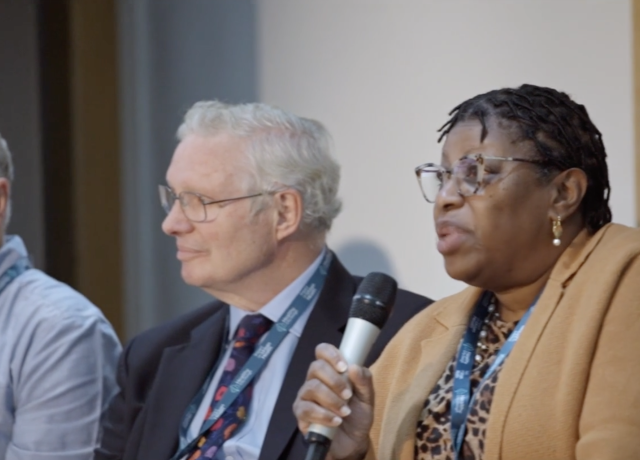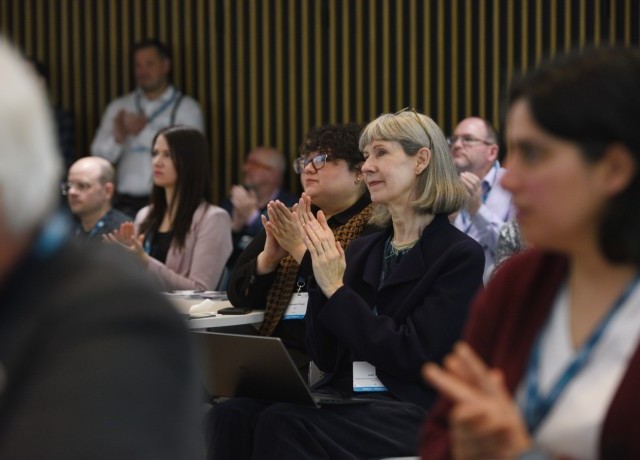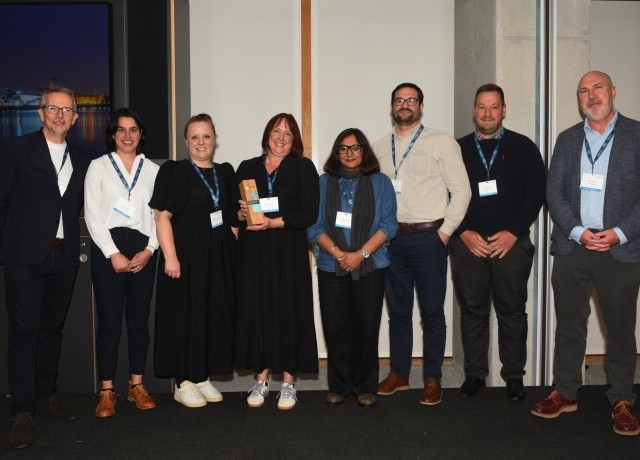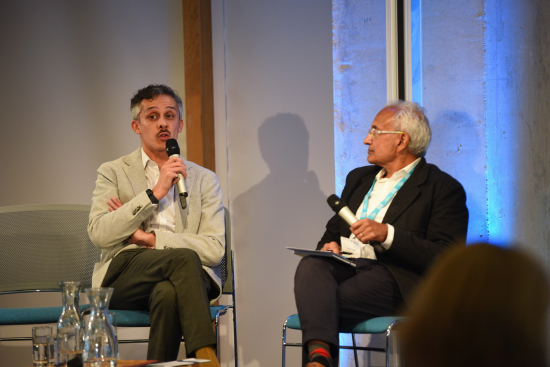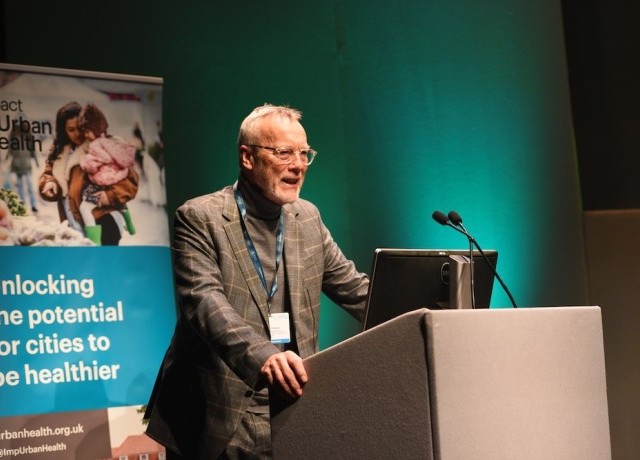
Understanding places’ aspirations lies at the heart of good regenerative design
Collaboration, people, youth and hope were all themes that came up frequently during the opening keynote plenary of this year’s Healthy City Design Congress, with a Salford-focused panel leading a conversation on community-led regeneration and what the future holds for the Congress’ host city in the 21st century.
Stephen Gleave (pictured above), newly appointed chair of the Salford Design Review Forum, which seeks to champion the highest standards of design across the city, set out some of the key questions to explore Salford’s main challenges, successes and priorities, as it continues to grow and develop: How do we prioritise for the greater good? What are the long-term sustainable benefits for local communities? And where do our partners place the notion of health-creating, inclusive placemaking?
Martyn Evans, creative director at mixed-use regenerative design developer Landsec U+I, knocked back the idea that large projects are generally self-serving and all about money.
“We can’t do our jobs unless we understand who is going to live, work, enjoy themselves, and see vital futures in the places that we build, he said. “And we can’t do that on our own. So, we have to understand everybody who is going to contribute to the successful future of a part of a city, what they bring to the table and what together we can do. The commercial success of our operations is only possible if we build the sort of places where people will thrive and have good lives. That’s at the heart of what good regenerative development is – it’s understanding what the places want to be.”
Youth at the heart
Patti Holmes, deputy chief executive officer of Empower, a charity for Manchester and Salford’s young people, said ambition and collaboration should start with a city’s young people. “It’s about placing children and young people at the heart of the ambition, the decisions that are made by all involved,” she said. “The actions and decisions we make today will impact on their lives and futures – keeping that at the heart of how we drive this forward is critical.”
Pointing to the impact of the opening of the Salford Youth Zone, which opened in July, Holmes described the sense of hope seen in how young people are engaging with the charity. “They have the potential to rebuild communities and set a new narrative for the city,” she said. “We’re there to kick down the doors for children and young people in our city, so they can see what’s available for them and they can see the pathways.”
Phil Marsden, managing director – North West at urban placemaker Muse Developments said the Youth Zone offered an opportunity to engage with young people to inform its work at Salford Crescent, a £2.5bn, 252-acre masterplan comprising more than 900 new homes; 1.7m sq ft of new commercial innovation, academic and research floorspace; active ground-floor space; and a new movement hub, along with public realm improvements. Home to the University of Salford campus, the area is also close to Pendleton, one of the city’s most deprived areas.
“A real focus for us is the young people growing up in Pendleton and Lower Broughton – how do they benefit from the number of new homes we’re building?” said Marsden. “How do they benefit from the connections we’re going to create into the university from the new Innovation Zone?
“We find it really hard to get really valuable conversations going with young people. With the Youth Zone, what an amazing opportunity for us to really engage properly with young people who live in those areas to understand what they need – that is fundamental to anything we do on Crescent.”
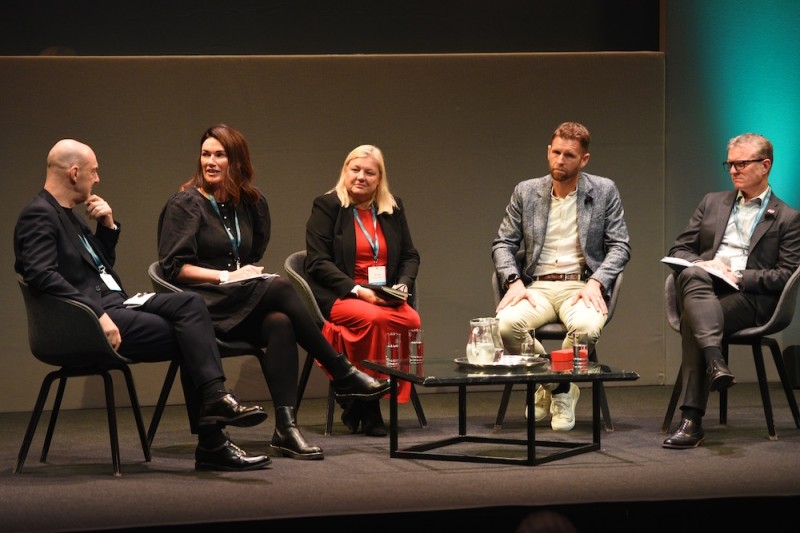 Martyn Evans, Landsec; Patti Holmes, Empower; Julie Charge, University of Salford; Phil Marsden, Muse Developments; and Stephen Young, Salford City Council
Martyn Evans, Landsec; Patti Holmes, Empower; Julie Charge, University of Salford; Phil Marsden, Muse Developments; and Stephen Young, Salford City Council
Collaborating on R&D
Julie Charge, finance director at the University of Salford, is excited by the collaborations and connections emerging between research, business and its students. The Salford Rise, a key part of the Crescent Salford masterplan, will connect the Innovation Zone and the University with nearby communities via an elevated green walkway and appealing public spaces, improving accessibility and encouraging active travel.
“We’ve already got one building that does robotics in that area, and that’s open to businesses to come and work with us – it’s an opportunity to use that facility,” explained Charge. “We benefit from the research and hopefully businesses can use it and benefit from the technology and the skills we have there. . . R&D is expensive at the best of time and working together [with business], we can make that cost easier to manage. Again, it’s about creating that innovation and thinking about those societal challenges we have where we can really make a difference. And we’re just in the process of developing a second building, which is around acoustics.
Muse will hope to learn lessons from its work on the Eden office project in Salford Central, a building said to have the largest green living wall in Europe. “It’s the last commercial building we’ve built at Salford Central, and it marks the end of that 20-year journey and where we’ve got to,” said Marsden. “It’s one of the most innovative, energy-efficient commercial buildings in the country, and we wouldn’t have been able to do that in many places.
“We were able to do it in Salford because of our partnership with the city council, the ability to have difficult conversations with the council, and understand where risk and reward might sit in that relationship. What that building is doing is providing a really sustainable, low-energy place for businesses to come and work.”
In order to sustain our investment here, we’re not in the first instance chasing the big organisations, we’re chasing young people and talent
Chasing talent
Evans used the example of MediaCity to underline that, while attracting businesses to regenerated areas was important for growth of the local economy and jobs, there also had to be a focus on attracting young talent, as this would then open up further opportunities to bring in business.
“As developers, investors and operators in large places like MediaCity, we have to understand that in order to sustain our investment here, we’re not in the first instance chasing the big organisations, we’re chasing young people and talent,” he said. “That means understanding where that comes from and how it is fuelled, encouraged and nurtured.”
He continued: “At all those points in young people’s development, we have to understand how well we’re creating the environment in which their lives can grow and continue to thrive – because if we don’t, we will fail. Our businesses will fail; our places will fail.”
Salford City Council’s newly appointed chief executive, Stephen Young, touched on the importance of relatability. “People can only become what they can see,” he said. “I came from quite a working-class background. I didn’t see chief executives who talked like me who came from Wigan. When I eventually met a chief executive who talked like me and came from Wigan, I started to believe that that might be something I could do. I think that’s just human nature and that’s exactly the same methodology we employ at the council with our young people.”
Describing the interdependencies of people and place, Evans remarked: “Our future is dependent on investment; investment is dependent on certainty that a place will work; that certainty is based on the tools and materials, and those are the people of Salford, the young people coming up through the education system, the training system in the city, and then telling the world what a great place it is to bring your business to fuel innovation and fuel the future.”
Reflecting on the successes that have already been achieved in Salford over the past 20 to 30 years, Young concluded that there was still much more to do, noting the high elements of deprivation across the city; low life expectancy in certain areas; and the need to improve some transportation services. Nevertheless, he is optimistic because of the people and collaborations between myriad partners, adding: “What I do see in the city is people who have boundless ambition, seemingly boundless energy, a great set of partners who are helping us, one project at a time, to begin to row back against some of those challenges.”
Presenters
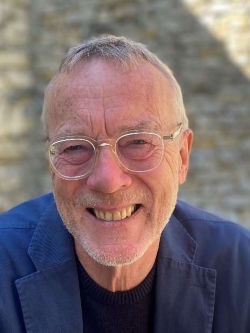
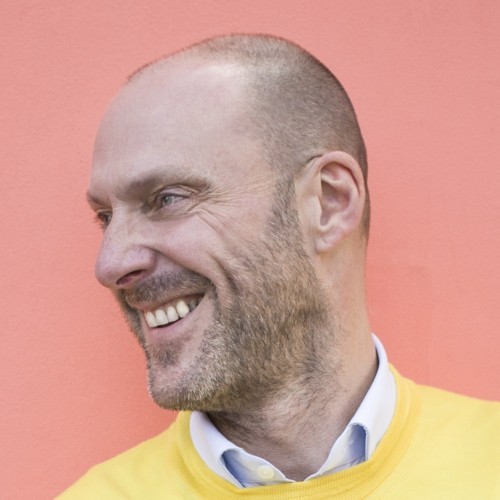
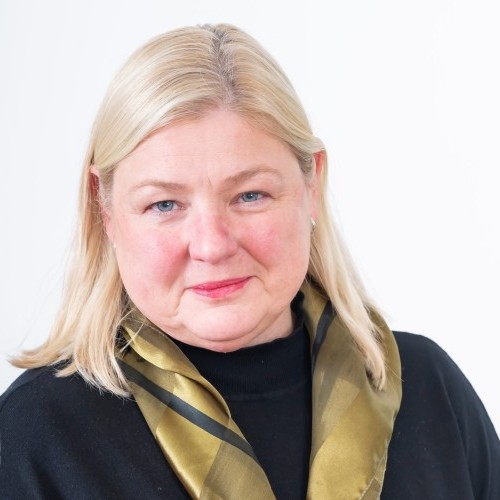
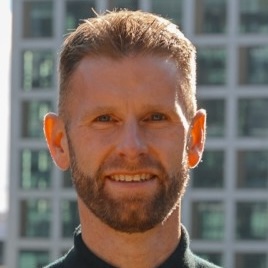
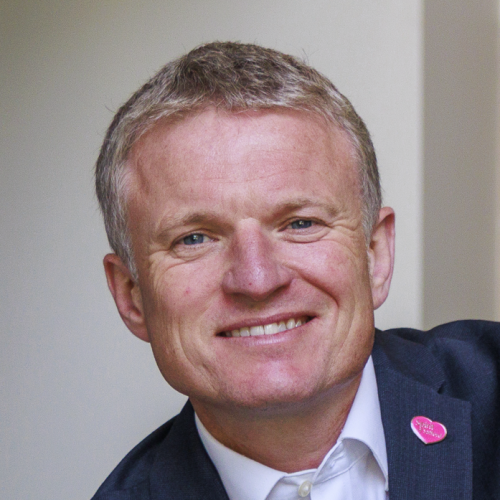

Organisations involved
Event news
Inclusive neighbourhood parks and resorts
20th November 2025
Connected futures: Regenerating Trafford and Salford together
20th November 2025





